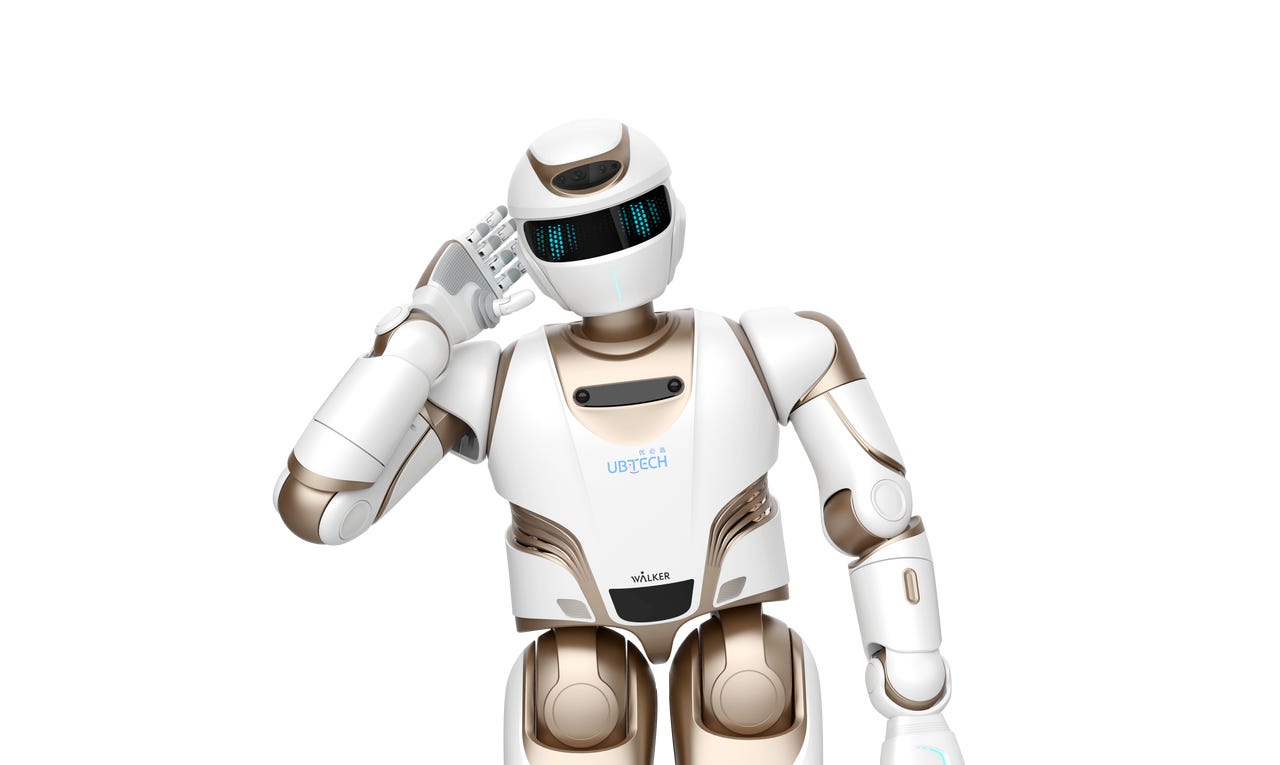































 UBTech
UBTech Robots had a big year. Amid uncertainties related to the pandemic, chronic labor shortages, supply chain catastrophes, and renewed emphasis on touchless and autonomous service, the adoption of robotic systems has steadily increased.
Supply chains are rapidly digitizing amid Industry 4.0 transitions. Competition and collaboration among rivals, particularly in the industrial robotics space, drives innovation and lowers the adoption threshold for automation solutions. Robots are also entering new markets, including food and beverage, textiles, wood products and plastics. Companies like Sarcos are transforming construction and infrastructure, bringing new efficiencies to old sectors, and the logistics space, which increasingly relies on autonomous picking and sorting solutions and mobile ground robots, is seeing explosive growth as habits shift further toward e-commerce.
"As we come out of a global pandemic and continue to experience more issues with global supply chains and labor shortages like we see now," John Rhee, SVP and General Manager of UBTECH North America, tells me, "the adoption of robotics will grow at a rate faster than previously forecasted."
I connected with Rhee, whose company makes robots for a variety of uses, including disinfection and education, to get his insights on how the past year shaped the automation sector, as well as what's in store in the year ahead.
What were the most important milestones for robotics in manufacturing in 2021?
John Rhee: For UBTECH, we were able to utilize our company's strengths in both robotics as well as vertically integrated manufacturing in order to create solutions for the global pandemic in 2021. We recognized the ongoing pain points in 2020 with the pandemic by developing robots that performed tasks like surface cleaning and temperature monitoring in high-risk environments. That allowed us to identify a bigger need and move into robotics using UV-C light to provide a more cost-effective and less toxic method to sanitize autonomously.
UBTECH was able to create a disinfection solution that is one of the highest intensity mobile options in the market today AND for the lowest cost on the market. Based on the current and future needs we were seeing and experiencing in the global market, we looked to leverage UV-C technology that hospitals and government municipalities have been using for decades. In creating the ADIBOT disinfection system, our goal was to provide this option to a wider group of organizations like school districts and businesses to help in their efforts to keep children and staff protected against COVID-19 c.diff, MRSA and more.
How has object manipulation advanced over the past couple of years? What role will AI play, and what will robots be able to do soon that they can't do now?
John Rhee: With our Walker product, we've been able to show over the past few years how object manipulation has gotten more advanced within robotics. Our first iterations of Walker from 2018 could kick a soccer ball, and now in 2021, our Walker X can hold groceries, carry objects, write, and play interactive games with different members of the household.
The Walker X humanoid robot is the latest in these types of advancements that includes progress to actions like hand-eye coordination, multi-terrain manipulation, and the addition of multimodal emotional interaction. Additionally, we continue to develop bin picking technologies for various use cases across our robotics portfolio. All these advancements are driven by AI with more intelligent uses of computer vision and sensor systems. Robots will be more versatile and precise in both the work and home space, being able to perform more solid functions than in the past.
A lot of parents might back at the idea of using AI in the classroom. Can you discuss the benefits and possible applications, as well as some things we should watch out for?
John Rhee: AI is likely already in the classroom in some way, shape, or form for a lot of children today. An Alexa ask for gaming simulations or complex LMS systems that the teacher uses to manage the classroom and measure performance. We believe that students understanding what AI is and how it can be used to solve real-world problems is more critical than what a basic computer lab curriculum was for students in the 1980's.
In our education division, UBTECH Education, we want to ensure children are taught a full understanding around Artificial Intelligence that includes not only learning how to build robots while incorporating programming with AI but also how AI can be used in the real world in all circumstances. As a part of our core belief to prepare students for the jobs of tomorrow, our curriculum and products are in line with also equipping them with all the angles for the job at hand.
 Tags quentes :
Inovação
Robótica
Tags quentes :
Inovação
Robótica